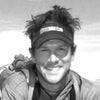My wife thinks I should read more fiction, and sheŌĆÖs right. But I donŌĆÖt read enough as is, so IŌĆÖll stick with what interests meŌĆönonfiction adventure narratives. Recently I burned through two new books, Thirst┬Āby Heather ŌĆ£AnishŌĆØ┬ĀAnderson (;┬ĀMountaineers Press), and Sun is a Compass by Caroline van Hemert (;┬ĀLittle, Brown), both of which IŌĆÖd recommend┬Āto people┬Āwho hike┬Āor backpack or anyone looking to get motivated for big summer adventures.┬Ā
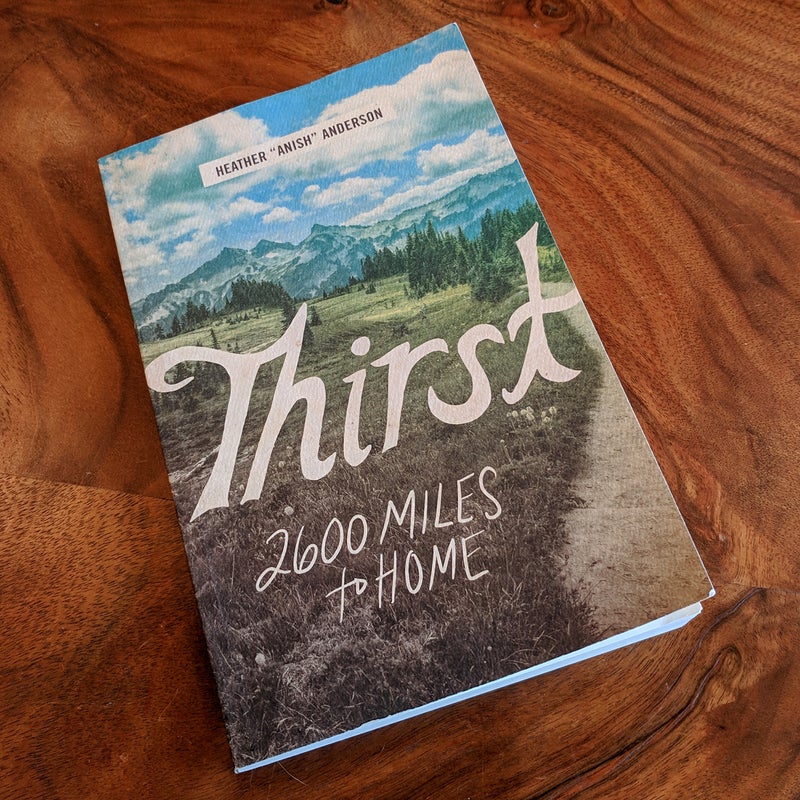
Review: ŌĆśThirstŌĆÖ┬Āby Heather┬ĀŌĆ£AnishŌĆØ Anderson┬Ā
Anish was most recently in the news for being the sixth person┬Āand first woman┬Āto complete the Calendar Triple Crown, which involves thru-hiking the Appalachian, Pacific Crest, and Continental Divide National Scenic Trails within a calendar year. The 7,900-mile odyssey took her 252 days.
But Thirst is about her record-breaking thru-hike of the 2,650-mile Pacific Crest Trail in 2013. On this 61-day effort she averaged an astounding 43 miles per day, and did so without the help of a support crewŌĆölike most other thru-hikers, she resupplied and picked up self-addressed packages along the way.
For critics of speed-hiking, Thirst will become Exhibit A in their argument that you should slow down to smell the roses. Anish is often sleep-deprived, hungry, and overwhelmed (and as a function of those things, emotionally raw). SheŌĆÖs obsessed with the details of her locomotion: hours moving, pack weight, remaining calories, water supply, foot health, headlamp brightness. And the glorified┬Ādiary remains centered on her trip and her goal; it deviates from the main story only occasionally, to provide insight about the┬Āwho and why, and to give cursory attention to the landscapes that blur by.┬Ā
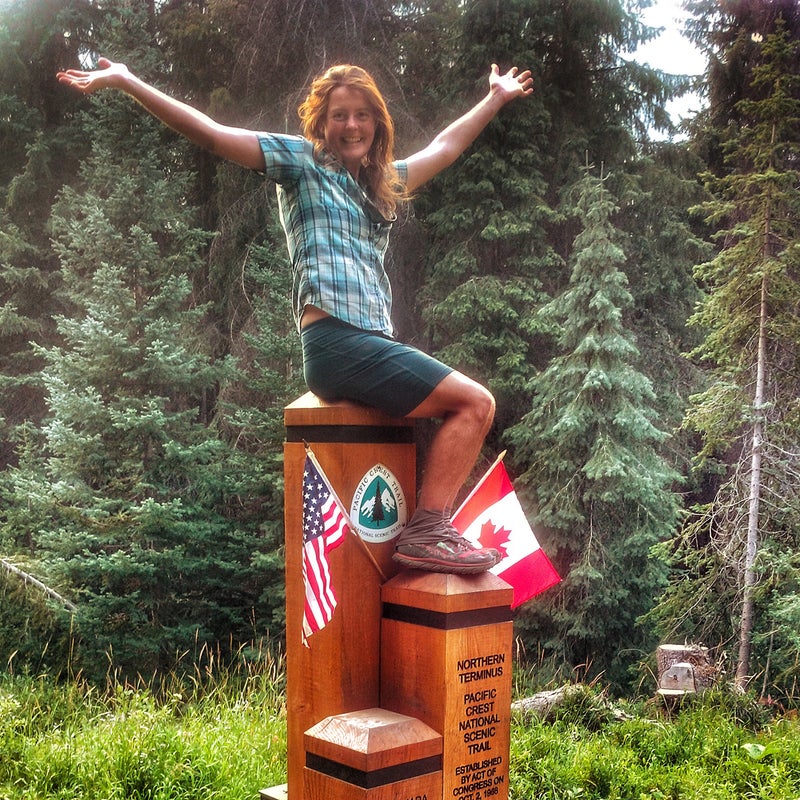
Thirst┬Āwill not be mentioned in the same sentence as Muir or Strayed, but I think it accurately and honestly depicts a record-setting experience. Fastest known times (especially the multi-month variety) are inward journeys, and their prevailing themesŌĆölike setting goals, believing in oneself, overcoming odds, and pushing through adversityŌĆöshare more in common with the bios of Olympians and survivors.
Thirst┬Āreads quickly and is well written, although┬Āits diary structure limits introspection and forces dedication of pages to uneventful and non-pivotal days. ItŌĆÖs┬Āpersonal, with open discussions of AnishŌĆÖs failed marriage, unfulfilling attempt at conventional life, and her struggles as an overweight child. Finally, itŌĆÖs a unique bookŌĆöAnishŌĆÖs experiences put her in rare company.
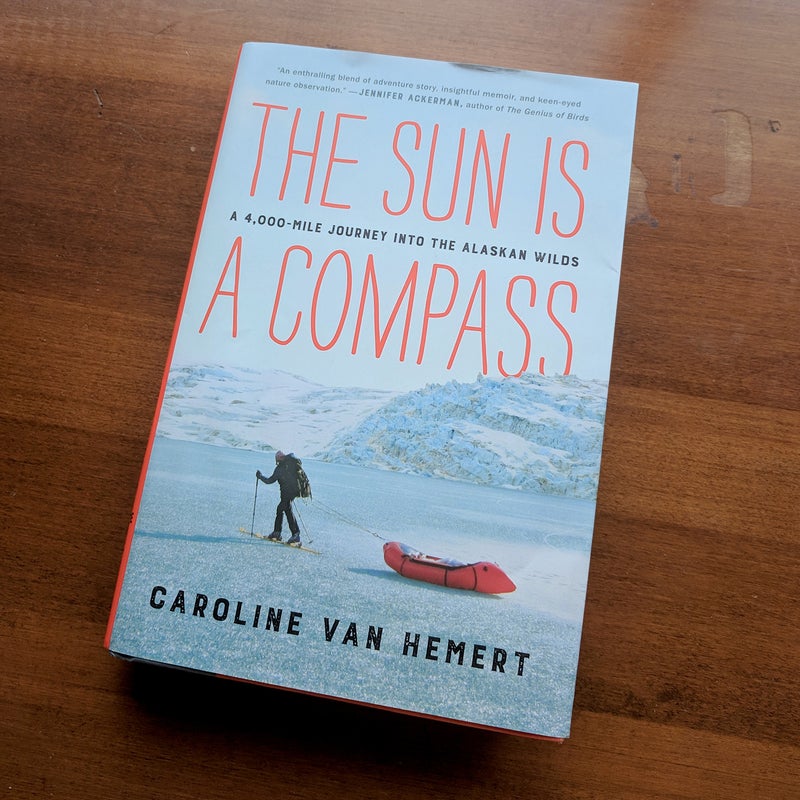
Review: ŌĆśThe Sun is a CompassŌĆÖ┬Āby Caroline Van Hemert
If Thirst sounds too inside baseball, The Sun is a Compass will probably appeal to you more. In 2012 Caroline Van Hemert and her husband Pat rowed, skied, canoed, hiked, and rafted about 4,000 miles from Bellingham, Washington, to Kotzebue, a small Arctic city in northwest Alaska.
The journey was legitimately epic, as trips tend to be in that part of the worldŌĆöbig storms and surf along the Inside Passage, two-week hauls between resupplies in the Yukon, sightings of thousands of caribou in the Brooks Range, more than 50 bear encounters, and four days stuck in a tent rationing one granola bar and a tablespoon of olive oil per day (shared between them).
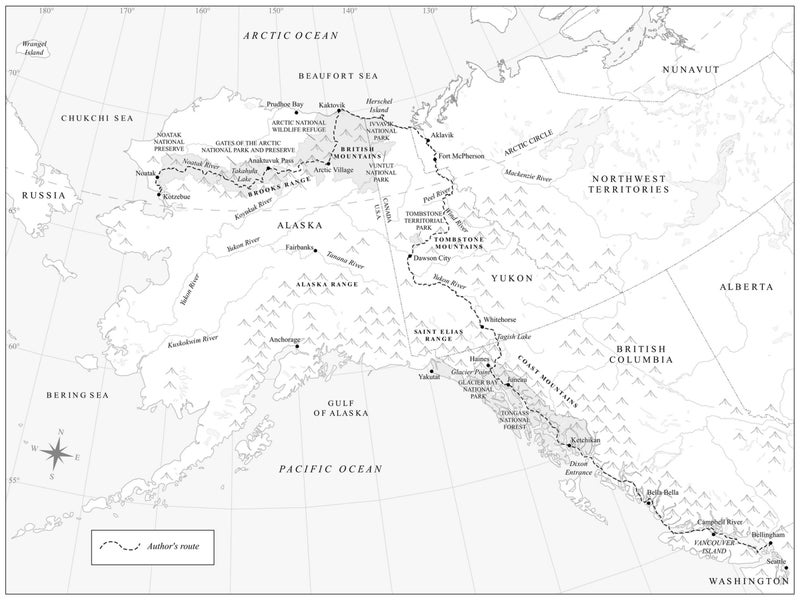
The Sun is a Compass┬Āis┬Āpersonal┬Āand frequently harrowing. ItŌĆÖs not a day-by-day diary. Instead, itŌĆÖs almost as if Caroline answered FAQ for 150 pagesŌĆöŌĆ£Why did you do this? How did you and Pat meet? What did your family think of your plans? What was the scariest part? How many bears did you encounter? What was the largest caribou herd that you saw?┬ĀWhat┬Āit like to not eat for four days? Did you ever think of quitting, or think you might be unable to finish?”┬ĀThen, she added plot for another 100 pages so that the story is coherent and chronological, not disjointed.
But The Sun is a Compass is more than just an adventurous tale. Van Hemert softens the story with widely relatable themes, stories, and issues, like the migration of birds and caribou,┬Āher professional conflict as a new Ph.D. in ornithology,┬Āthe development of Section 1002 on the North Slope,┬Āand of course the love and partnership with Pat.┬ĀThe couple now split their time between Haines┬Āand Anchorage, Alaska, and are raising two young boys. ItŌĆÖs another example of a mega Alaskan expedition that was the end of an era, not the beginning. Those adventures are hard to top.

